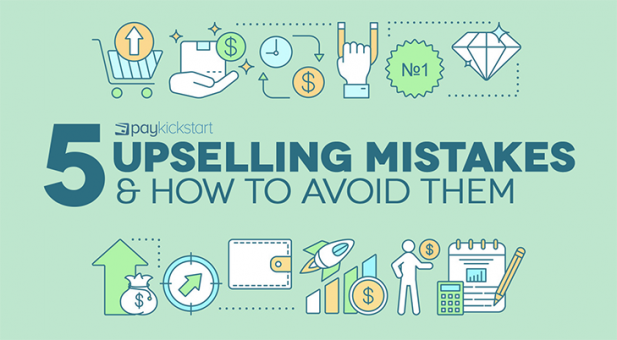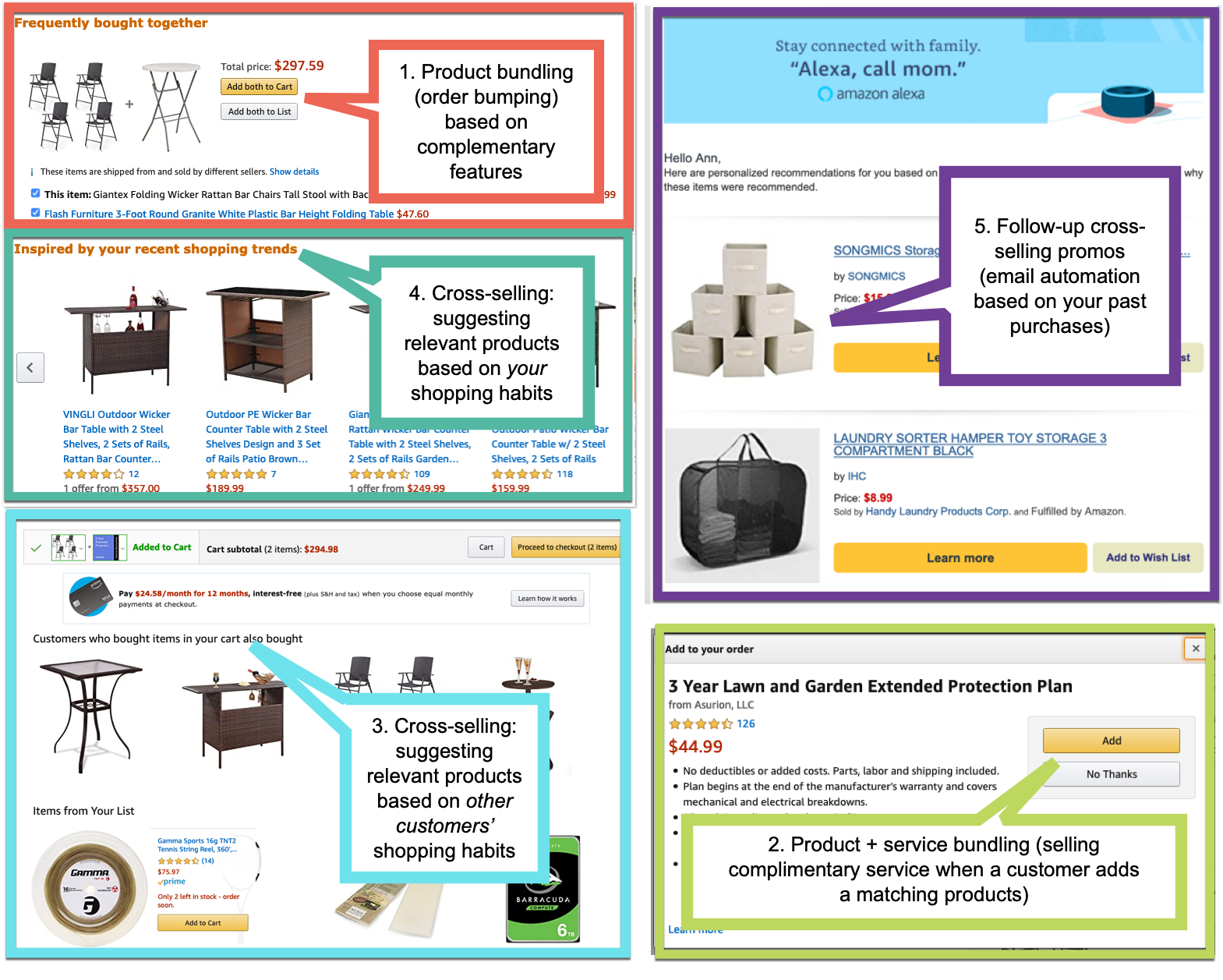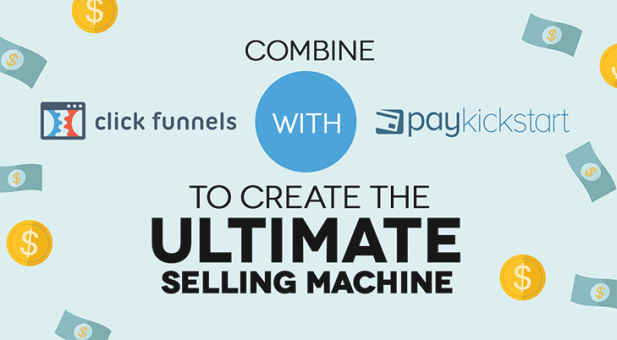Subscription growth hack (by PayKickstart)
Facebook Group - 3,932 members
Visit Group
Upselling is one of the most effective ways to boost your business’s ROI without investing time and money into attracting more customers to your site.
Upselling increases your revenue and – if you do your job right – builds your customer loyalty. But how to implement them correctly?
Upselling can be tricky as you are playing with your customers’ defensive mechanisms by inviting them to spend more money, so avoiding some of the common upselling mistakes is crucial when building your strategy.
There have been lots of marketing studies that all agree on one thing: Existing customers are easier to sell to!

(By Guy Nirpaz via Prezi)
Based on various sources, the probability of selling to an existing customer is from 50% to 80% higher than attracting and selling to a newcomer.
If you need actual numbers, PayKickstart users have seen their average customer value and the total revenue more than double after they implemented upselling through the platform:
When trying to identify your pricing strategy or create a more effective shopping cart, you are likely to come across two terms:
If you try to distinguish between the two, you are likely to come across lots of confusing definitions suggesting that upselling refers to selling a more expensive item than a customer initially intended and cross selling is trying to get a customer to buy additional / complimentary items.
While these definitions may be legit to some extent, most marketers these days refer to both of these cases as “upselling.”
For the sake of clarity and consistency, let’s decide on the following:
Upselling is anything that helps a marketer increase an average order value.
Under this definition, cross-selling is just one method of upselling. This would make the job of discussing other tactics doable.
So with that in mind, what mistakes should you avoid when creating your upselling strategy?
The easiness and smoothness of the paying process is often crucial for the order completion, in fact the complicated and time-consuming checkout process is one of the major reasons for cart abandonment.
Since upselling is all about selling to your existing customers, who already paid you, you can totally make their checkout process easier by securely reusing their past payment details.
PayKickstart’ “One-click upsells” feature allows for a most smooth and effortless repeat paying process:

[For one-click upsells to work correctly, the upsell product must be inside the same payment gateway as the main product]
There are also quite a few WordPress plugins that will help you set up a smooth upselling experience.
High additional costs of the order have been named number one reason for cart abandonment. Among other reasons there are excessive upsells and an inability to calculate total costs upfront.
This is why being totally transparent on how much money your customer is going to spend is crucial.
That and also avoiding being greedy.
Don’t get too aggressive with your upsells and let them see their total amount at every step.
Use PayKickstart’s Checkout page builder to design a clear checkout process:

[The checkout page builder allows you to customize the checkout page for each product.]
There’s no definitive answer whether a multi-step checkout process taking your customer from an upsell to an upsell is good or bad for your bottom line. In fact there are a few case studies that confirm the effectiveness of multi-step checkouts claiming a 38% increase in conversions.
I’ll let you test and decide for yourself but one thing remains certain: Avoid misleading your customer into buying what they don’t need.
Even if you do end up with higher order value, you may also see more refund requests and tanking brand loyalty and trust.
Being transparent and honest with your customers goes a long way.
Don’t just offer your customer an option to spend more money: Explain why they will miss out by not using that opportunity.
The golden rule of upselling is:
Don’t give your customer any extra options unless there’s a real value in those.
Upselling for the sake of selling more will just result in a higher cart abandonment rate.
Think which product or service would really help your customer to make the most of what they currently have in the shopping cart.
An example of an upsell that makes sense is offering a dedicated set-up service when selling a dedicated hosting space, or a premium social media monitoring training when they are buying an enterprise-level social media management package.
Upselling comes in many types and forms, and there is no definitive answer which one is going to work for you and your product. The only way to know is to give several of them a try.
Look at Amazon, they are combining lots of upselling tactics throughout their sales funnels, and do that with much success:

Now, I don’t mean to say you need to integrate ALL of them into your checkout process tomorrow. After all, Amazon has had years to test each of them before they have learned to implement them in an effective way without irritating their users.
But trying (and possibly A/B testing several types) is crucial to finding your own best-working method.
When building your upselling strategy, you need to maintain a fine balance of getting your customers to spend more money without appearing too pushy and salesy.
The only way to do that is to put your customer – their needs and struggles – first. Building customer-centric upselling strategy is not only doable but also necessary if you want to avoid reputation management crises and keep your customers’ trust. Good luck!
Ann Smarty is the Brand Manager at Internet Marketing Ninjas, as well as co-founder of Viral Content Bee. Ann has been into Internet Marketing for over a decade, she is the former Editor-in-Chief of Search Engine Journal and contributor to prominent search and social blogs including Small Biz Trends and Mashable. Ann is also the frequent speaker at Pubcon and the host of a weekly Twitter chat #vcbuzz
Read More About Ann Smarty